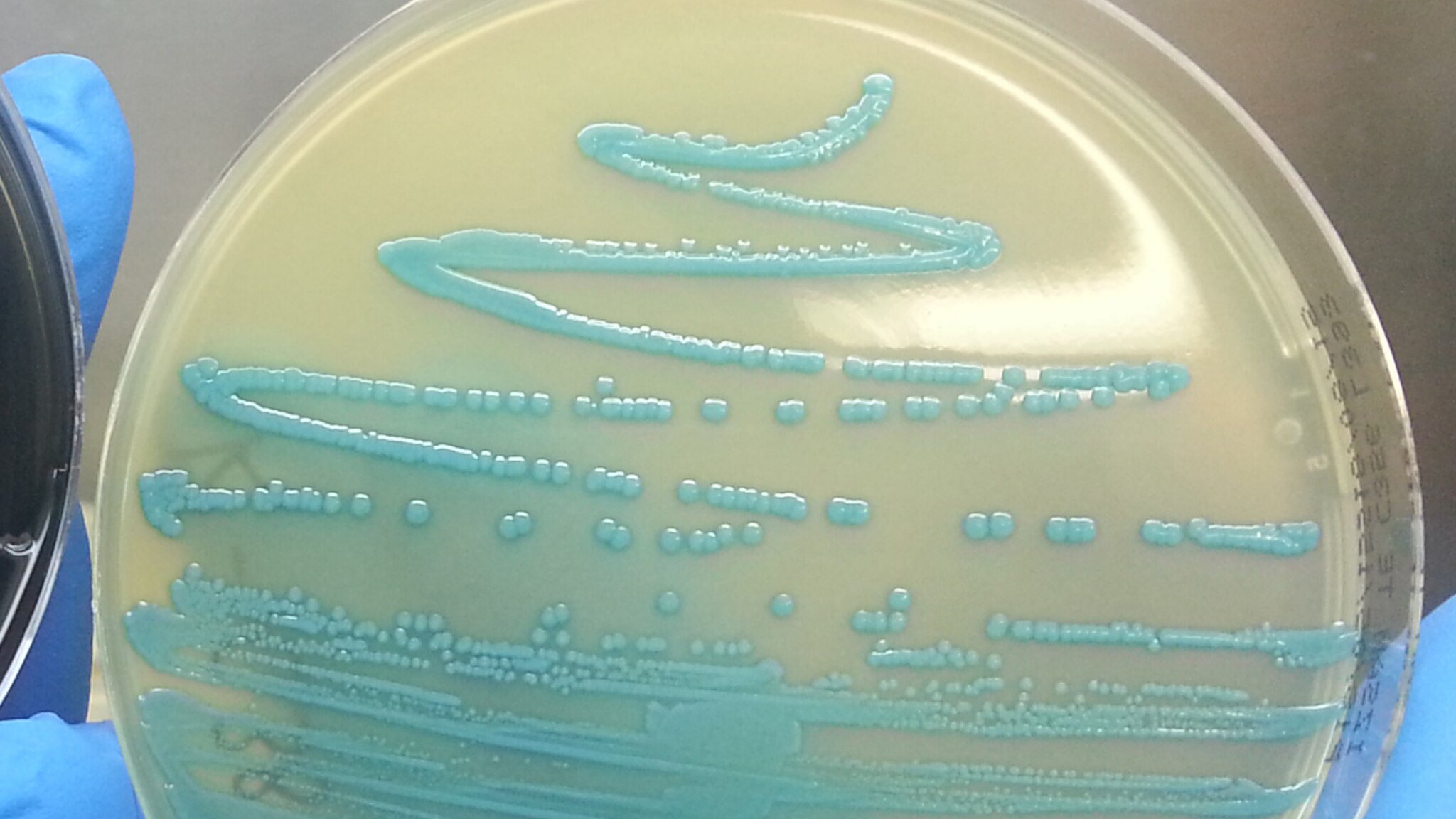The attention of the Ministry of Health remains high following the
cases of food listeriosis registered in various Italian regions
.
After the frankfurters and salmon sandwiches, a new alarm for the "possible presence of Listeria monocytogenes" also concerns pancakes.
But
what does listeria infection consist of
and how does it manifest itself?
We asked Dr.
Francesco Pomilio,
head of
the National Reference Laboratory
for Listeria monocytogenes of the Experimental Zooprophylactic Institute of Abruzzo and Molise “G.
Corporal "
.
"In humans, the disease caused by Listeria monocytogenes (" listeriosis ") can be more or less severe depending on whether it occurs in a non-invasive or invasive form," explains the expert.
“
Non-invasive infections
can be asymptomatic or cause mild flu-like symptoms or gastro-intestinal symptoms.
This form mainly affects people who do not have diseases that reduce the functioning of the immune system.
The incubation period is short: from one to a few days.
In
invasive infections
the bacteria spread throughout the body, cause blood infection, meningoencephalitis and disease in pregnant women (miscarriage and other symptoms).
This form mainly affects people who have a reduced functioning of the immune system.
The incubation period is up to a month or more ”.
The causes
"In 99% of cases the disease is of
food origin
- specifies Pomilio - the invasive forms mainly affect the high-risk groups of the population: the elderly and infants, immunocompromised subjects (linked to conditions such as HIV or organ transplants) or people who are being treated with immunosuppressive drugs, patients with cancer or diabetes and, finally, pregnant women ".
The diagnosis
“For the diagnosis of Listeria monocytogenes infection, identification of bacteria isolated from tissue, blood, cerebrospinal fluid or another normally sterile site (eg placenta or fetus) is necessary.
The stool cultures are informative only for the gastrointestinal forms ".
Experimental Zooprophylactic Institute of Abruzzo and Molise
Listeria
Prevention
Compliance with hygiene standards is essential warns the head of the national reference laboratory
for Listeria monocytogenes: “Risk reduction can be implemented by
respecting hygiene rules when handling, preparing and cooking food.
Frequent hand washing, compliance with the instructions on food labels that suggest the cooking methods shown on foods are extremely important and must be carefully respected.
Proper storage of food in the refrigerator, avoiding mixing cooked and raw unwashed foods, and compliance with storage temperatures are other important aspects ".
The treatment
Therapy should be carried out mainly with antibiotics, such as ampicillin, in all cases of invasive listeriosis.
Therapy is long and antibiotics can be associated with other drugs based on the symptoms, it is necessary to follow the prescriptions of the doctors carefully and scrupulously.
The outbreaks currently present in our country
The Experimental Zooprophylactic Institute of Abruzzo and Molise of Teramo works in close synergy with the Istituto Superiore di Sanità which monitors the outbreaks currently present in Italy.
“We are the LNR for Listeria monocytogenes which mainly deals with food - explains Francesco Pomilio-.
The laboratory that deals with the surveillance of clinical cases is at the
Higher Institute of Health
.
In the case of the ST155 strain, the number of registered cases is very high, especially in recent months.
The Ministry of Health has set up a task force in order to carry out the investigations, including the local health authorities and the Regions, the veterinary and prevention sector and the laboratories of the Experimental Zooprophylactic Institutes.
All together they pooled the resources for carrying out the investigations, which made it possible to identify a certain source, the sausages.
At the same time, the company connected to the contaminated product has implemented all the measures that must be adopted in these cases in order to mitigate the damage, i.e. the withdrawal of contaminated batches and all production suspected of contamination.
For the outbreak ST155 the next few weeks will be decisive - continues the expert -.
The situation is currently under active surveillance
, the tracing of the source has not closed the activities, we continue to work until the cases decrease in number, index of resolution of the problem and return to normal.
Another much smaller outbreak is currently underway, with just over ten cases.
It should be noted that
around 200 clinical cases are notified every year in Italy
.
Naturally we work to identify the sources and mitigate the damage ”.

